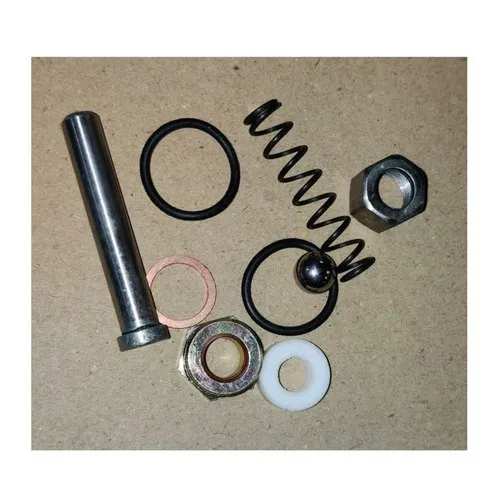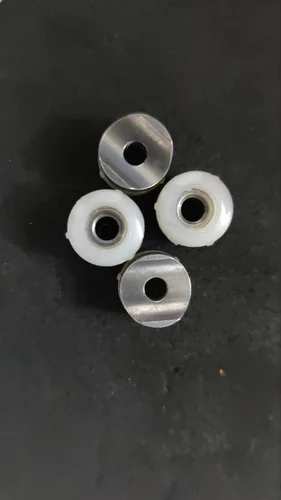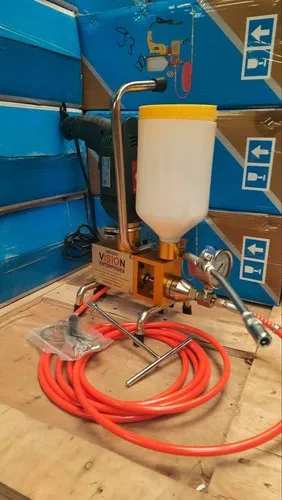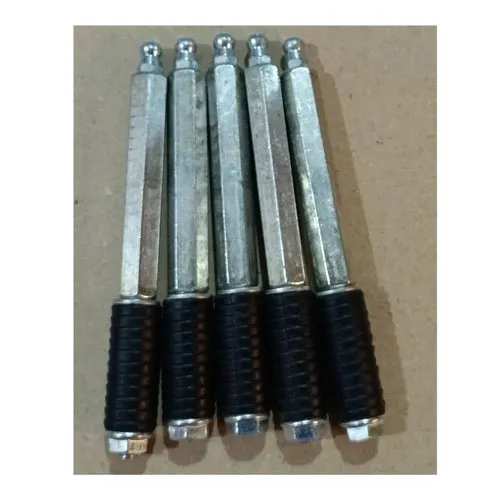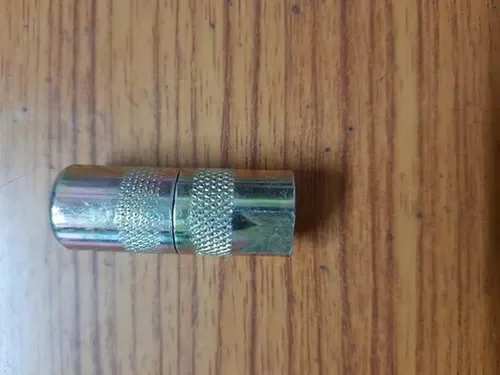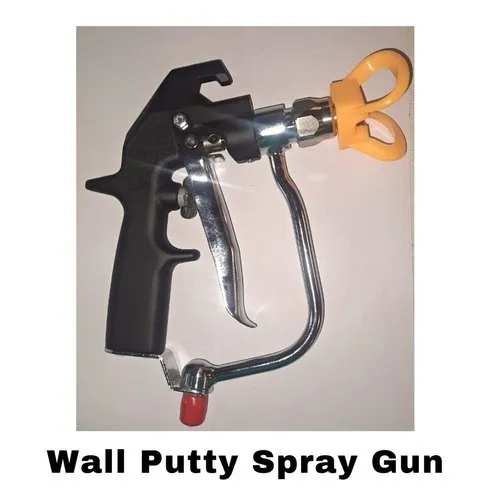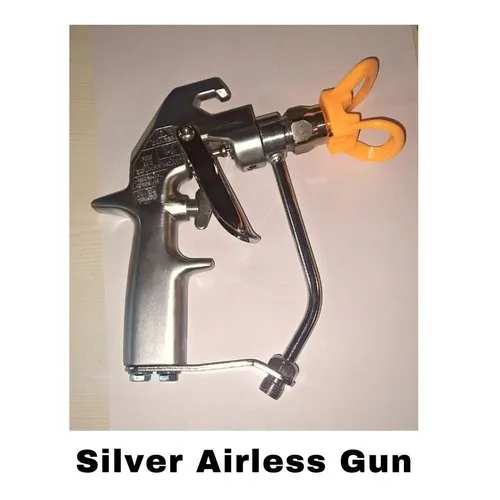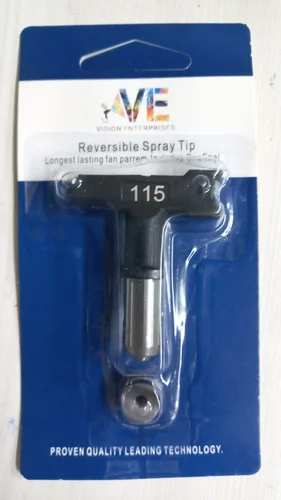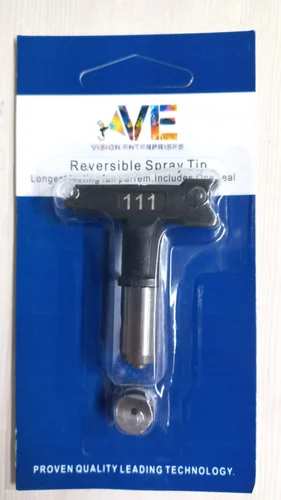Material Aluminum and PVC Usage/Application: Grout Pump Brand: Vision Enterprises Packaging Type: Packet Shape: Ring Shaped Country of Origin: Made in India There are many different types of injection grout pump spares available, depending on the specific pump you have and the type of grouting you're doing. Here's a breakdown to help you identify what you might need: By Pump Type: Epoxy/PU Grouting Pumps: These pumps typically require spares like packing sets, piston rings, check valves, and nozzles specific to the material being pumped. Cement Grouting Pumps: Spares for these pumps often include wear plates, impellers, seals, and gaskets that can handle the abrasive nature of cement grout. Electric vs. Pneumatic Pumps: Depending on your pump type, you might need different spare parts like motors, solenoids, air regulators, or pressure gauges. Common Spares: Packings and Seals: These create a tight seal between moving parts and prevent leaks. Choose the right material based on the grout type and pressure requirements. Valves and Check Valves: These control the flow of grout and prevent backflow. Different types include one-way valves, foot valves, and needle valves. Pistons and Rods: These are the core components that push the grout. Ensure they're the correct size and material for your pump and application. Hoses and Fittings: These connect the pump to the injection point and need to be able to handle the pressure and material. Choose the right length and diameter based on your needs. Nozzles and Packers: These control the direction and flow of grout at the injection point. Different types are available for specific applications.

